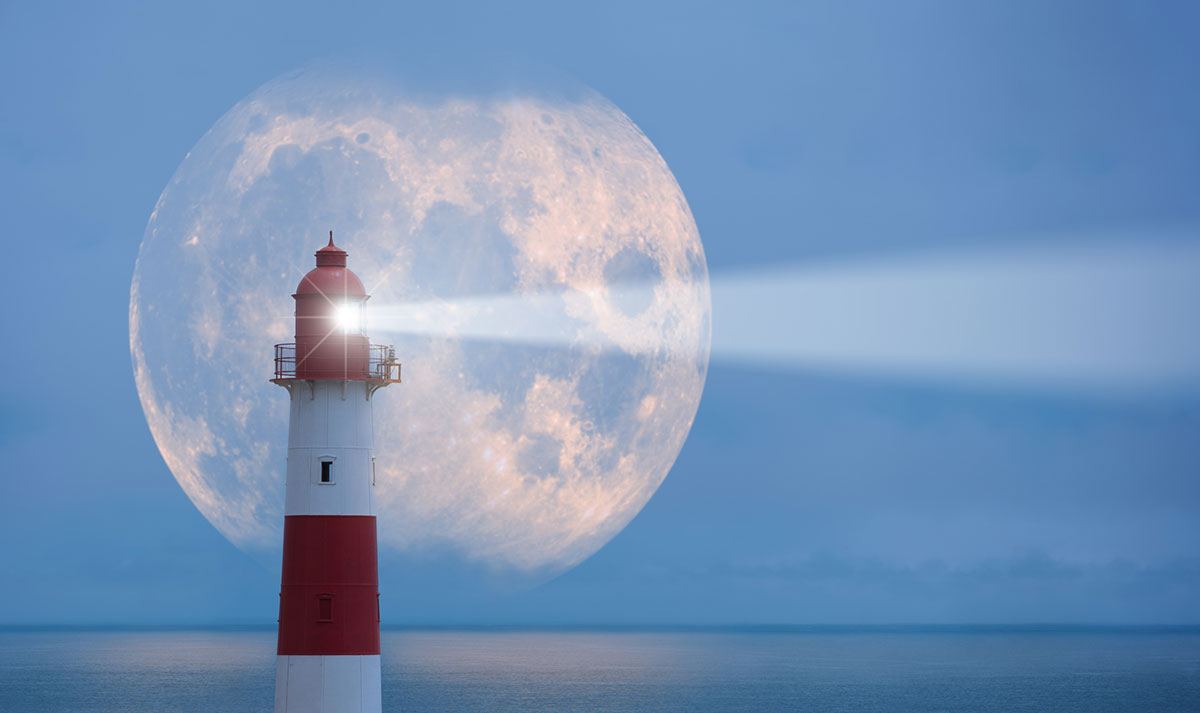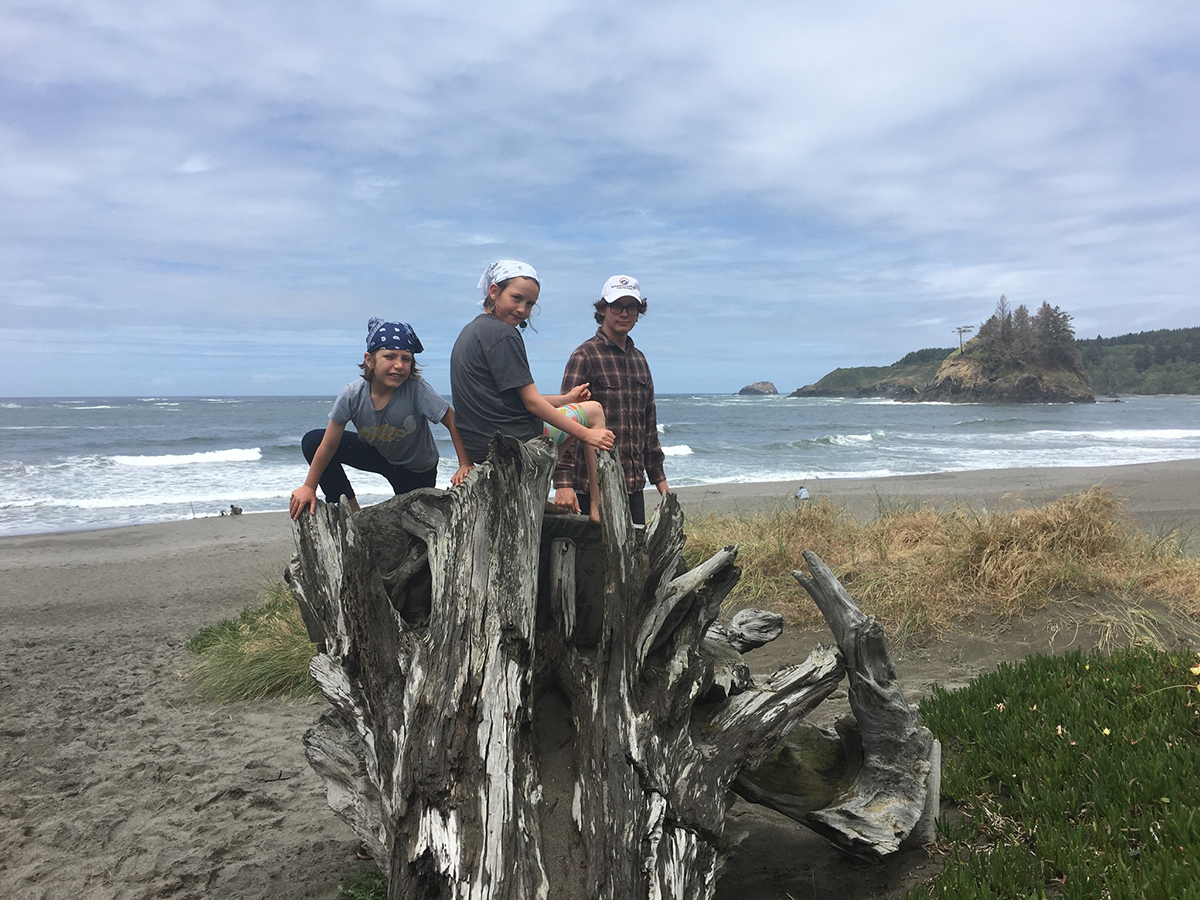Welcome to the 2nd installment of our most recent series. I have gotten many requests for information on numbers and their meanings, so let’s begin there.
Numbers are very significant in the symbolic world. Pythagorus, father of mathematics, a great mystic, philosopher and musical theorist, taught his students that figures are esoteric or easily understood. The numbers one through nine symbolize the underlying structure and orderly progression of all life, and ten completed the cycle. The one exception however were the master numbers of 11, 22 and 33. These were not to be broken down into single digits.
There is a series called Fibonacci named after Leonardo Fibonacci who revolutionized mathematics. This numeric series is recognized as a principle inherent in the structure of the Universe. The arrangement of leaves on a plant, the pads on a cat’s foot, the spiral in pine cones, pineapples and throughout nature are all governed by the Fibonacci series.
Our solar system and the Universe are pulsing with invisible energies that work in mysterious but rhythmical ways. Numbers are powerful symbols and signs that communicate their messages, especially if you see them over and over again. Our job is to quiet our minds and thoughts enough to hear and understand what is being communicated to us.
Please remember that the message is stronger if you have seen these numbers 3 or more times in a close amount of time (like a week or 10 days).
One – symbolizes new beginnings , independence, oneness with life, self-development, creativity, and progress.
Two – symbolizes partnership, cooperation, balance, self-surrender and putting others before ourselves.
Three – usually is symbolic of magic, new birth, creative imagination, communication, fun and optimism.
Four – symbolizes new foundation, focus on practical issues, security, wholeness, unity, and self discipline through work and service.
Five – symbolizes change, freedom, movement, versatility, it stands for being active, physical, energetic, adventurous, curious and well-travelled.
Six – symbolizes home, family, compassion, love, service, social responsibility, generosity, balance and community .
Seven – usually symbolizes religious strength, spiritually, mysticism, trust, wisdom, birth and re-birth, analysis and contemplation.
Eight – symbolizes power, trust in one’s own power to do things, infinity, material prosperity, abundance and cosmic consciousness .
Nine – symbolizes healing, completion, endings, and new beginnings, transition and leaving the past behind, leadership and humanitarianism.
Eleven (master number) – is connected to clairvoyance, spiritual healing, new beginnings, light and the hidden knower.
Twenty-Two (master number) – symbolizes unlimited potential, mastery in any area physically, spiritually, mentally, or emotionally.
Thirty-Three (master number) means all things are possible.
Now we look at a bird of prey that has fascinated humanity throughout history. Seeing an owl is very rare. They are nocturnal and are usually well camouflaged. Hearing an owl is much more common. To see an owl especially during the day is a strong indication that this great bird has an important message for you.
Symbolically owls are one of major birds recognized around the world and can represent transformation, rebirth, ancient wisdom or death. It can also tell you to learn to be silent at the right time or take action at the right time. They remind us to be patient. Instinct, intuition, and connection to spirit are the primary meanings when the owl appears in your life.
The next blog we will discover the meanings of different kinds of trees in our world, animals and birds of all kinds. I appreciate your comments and questions. Stay safe and many blessings to all of you.
Blessings,
Patricia




